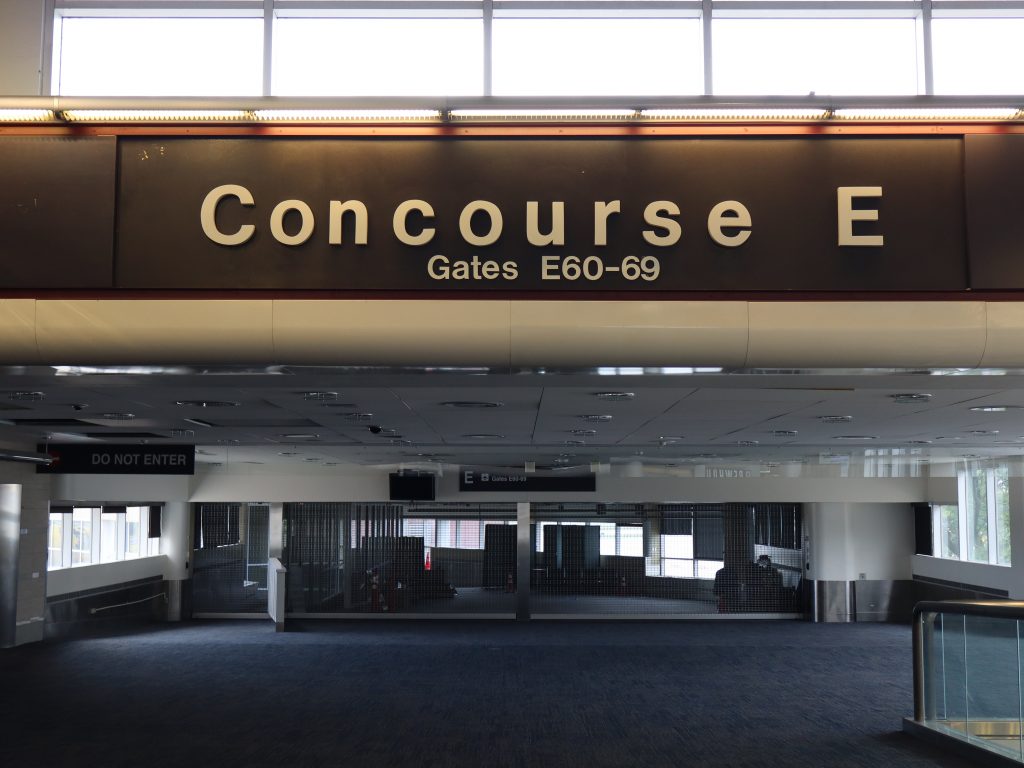From the Article:
A coalition of local officials and business leaders gathered at Milwaukee Mitchell International Airport Friday to stump for federal funding for a new international terminal.
Airport officials have been working on a new international terminal project for years, initially securing funding in 2017. But the project was paused when the COVID-19 pandemic devastated air travel, and the ensuing inflationary pressures pushed the estimated project cost beyond the previously secured funding award. The estimated cost was approximately $53 million in 2017. Now that number is closer to $80 million, said Airport Director Brian Dranzik.
The airport and Milwaukee County are working with federal officials and powerful local business interests to revive the project with federal funding made available through the Bipartisan Infrastructure Law. The airport has applied for a competitive grant from the Federal Aviation Administration (FAA) that could help close the approximately $30 million budget gap, Dranzik said at a press conference Friday.
The project is expected to boost travel in and out of Milwaukee Mitchell, leading to more flight options for leisure and business travelers alike; and boosting the local economy through increased tourism and efficiency for local companies doing business internationally.
“The real message that we want folks to understand is that in order to redevelop this particular concourse, Concourse E, it’s going to take the federal funds to do it,” County Executive David Crowley said. The county’s already troubling financial position has worsened over the past year, as a confluence of factors — including poor sales tax returns — have widened budget gaps in this year and next.
If funding is secured, the airport will redevelop Concourse E, shuttered in 2017, into a new two-gate facility for both domestic and international travel. The current international terminal is small, outdated and disconnected from the airport’s main building complex, presenting logistical challenges for international travelers and airlines alike. It was built in 1975 and has a capacity of 140 passengers, which is lower than the 200-person capacity of larger Boeing 767 and 787 aircraft used for long flights.


